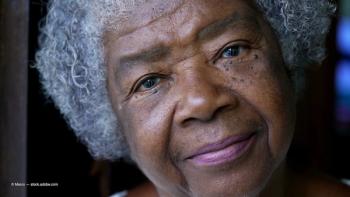
Study demonstrates results of pegcetacoplan as a geographic atrophy therapy.

Study demonstrates results of pegcetacoplan as a geographic atrophy therapy.
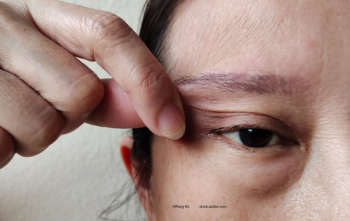
The rare disorder is often a delayed or misdiagnosed condition, resulting in unnecessary referrals and imaging.
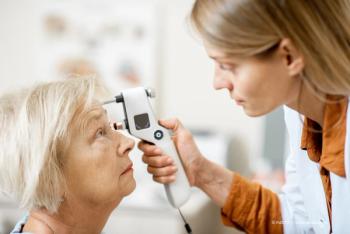
Study zeroes in on the sustained mechanism of action of the therapeutic.

According to investigators, halos are the most common complaint for patients who received an implantable collamer lens to address myopia.
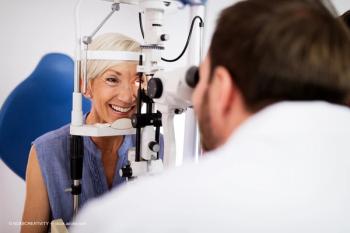
Automated 360-degree goniophotography seems to have simplified screening and diagnosis of glaucoma.
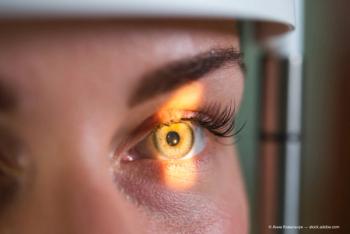
A team of investigators has found that a comparison of ranibizumab and aflibercept showed both drugs safe and effective for treating diabetic macular edema.
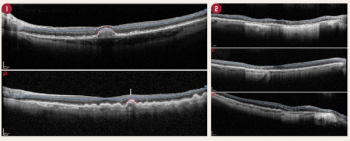
Alterations of the outer retinal layers from age-related macular degeneration (AMD) can interfere with the automated segmentation of the individual retinal layer thicknesses when using macular optical coherence tomography (OCT).

Clinicians discover the ptotic facial side of the face was the nondominant side of the face in a recent study.
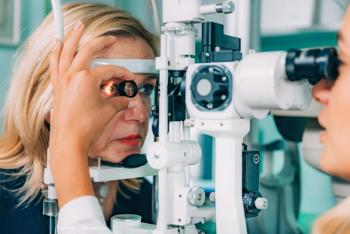
Investigators find the recognition could improve surveillance of the disease.
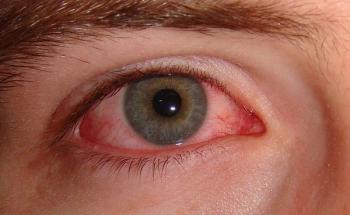
In a paper, investigators identified strategies used by patients to reduce the cost of therapy and its impact on adherence to treatment Patients may be reluctant to disclose challenges regarding adherence to dry eye disease therapy, as well as fears of worsening quality of life.

Investigators note that the capacity to visualize corneal nerves of the sub-basal plexus and stroma in real time and without requiring use of contrast agents allows for longitudinal studies that can track nerve density and arborization in the same subjects over time.
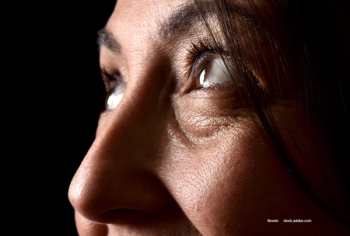
Learn about a novel procedure using a template prosthesis to facilitate intraoperative adjustment during external levator resection ptosis repair.

Variable TULP1 missense mutations in inherited retinal diseases.
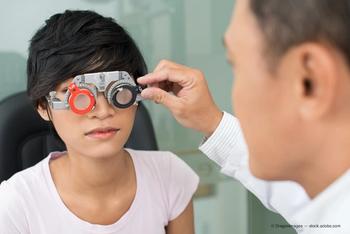
In a poster presented at the Association for Research in Vision and Ophthalmology’s 2022 annual meeting in Denver, Eva Chamorro, PhD, MSc, points out that myopia control spectacle lenses affect the diurnal rhythms in the AL in young adult human and produced a small short-term increase in the AL that varies in intensity and time interval for each of the 3 studied lenses.

Christina Herrspiegel, MD, and colleagues from the Karolinska Institute and St. Erik Eye Hospital, Stockholm, Sweden, reported that they have developed a prognostic test, referred to as serUM, that they believe is a strong predictor of metastasis of uveal melanoma.

THR-687 is currently being evaluated in a phase 2 clinical trial in patients with DME. The first data from the dose-optimization study is expected to be released in the first half of 2022.

During a presentation at the Association for Research in Vision and Ophthalmology’s 2022 annual meeting in Denver, Yuichi Hori, MD, PhD, and colleagues found that taping the top border of a surgical mask to a clinicians’ skin reduces the potential for ocular surface damage resulting from expirations of air reaching the ocular surface during the COVID-19 pandemic.

In a poster presented at the Association for Research in Vision and Ophthalmology’s 2022 annual meeting in Denver, Osama Ibrahim Hirayama, MD, and colleagues offered results that demonstrating that anisometropia and astigmatic error were greater among the patients with high myopia compared with the other groups. Compared with the subjects with no myopia, those with high myopia reported significantly more dryness, less photophobia, and less pain.
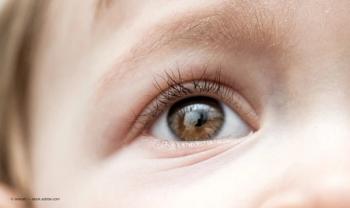
Treatments include tinted spectacles and/or contact lenses, low-vision aids, atropine drops, and patching for amblyopia, as well as eye muscle surgery for the nystagmus or any anomalous head posture and associated strabismus.
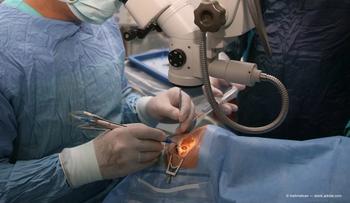
The intravitreal implant (OTX-TKI) is being evaluated to treat wet age-related macular degeneration in a phase 1b clinical trial.

Investigators from the New York University Grossman School of Medicine presented data at the Association for Research in Vision and Ophthalmology’s 2022 annual meeting in Denver that concluded mapping of the relative cerebrovascular reactivity in the murine brain showed widespread brain changes resulting from the chronic IOP elevation, and demonstrates vascular involvement in glaucoma both within and beyond the primary visual pathways.

In a poster presented at the Association for Research in Vision and Ophthalmology’s 2022 annual meeting in Denver, Mamoru Ogawa, MD, noted that investigators have found that the choroidal and central corneal thicknesses increased over a very short period of time following intensive outdoor activity.
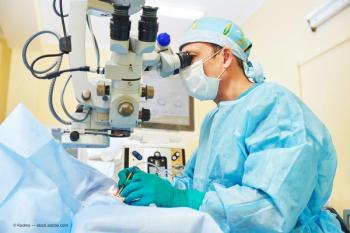
Ophthalmologists have seen a progression in cyclophotocoagulation (CPC), with each generation becoming more doctor and patient friendly. Shan C. Lin, MD, a glaucoma specialist at the Glaucoma Center of San Francisco in California, described the advances in the technology.
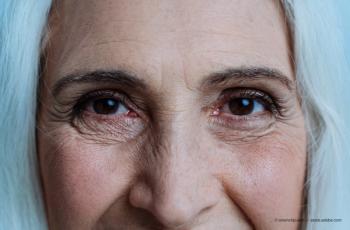
The glaucoma market seems to be in an expansion phase, as evidenced by the explosions in the number of new pharmaceutical and surgical options entering the marketplace. The introduction of new devices is possibly the single most influential factor currently driving the glaucoma market.

In a presentation at the American Society of Cataract and Refractive Surgery’s 2022 annual meeting, Marjan Farid, MD, ABO, and Preeya K. Gupta, MD, offered details of clinical trials for CSF-1 ophthalmic solution, a presbyopia eye drop candidate. Results showed that nearly half of the participants treated with CSF-1 achieved a 3-line or more increase in the distance-corrected near visual acuity an hour after drop instillation on day 15.
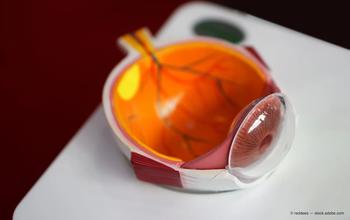
According to an e-poster presented by Jagadesh C. Reddy, MD, and Harini Indusekar, BScOptom, at the American Society of Cataract and Refractive Surgery’s 2022 annual meeting in Washington, D.C., patients who have pre-existing DR are less likely to achieve Snellen 20/40 or better vison after cataract surgery compared with the patients with diabetes but without DR.
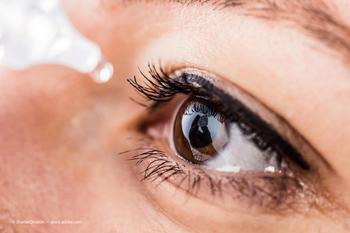
Blake K. Williamson, MD, MPH, MS, and coauthor Urvi Patel, BSc, presented an e-poster at the American Society of Cataract and Refractive Surgery’s 2022 annual meeting in Washington, D.C., on the efficacy of a combination eye drop comprised of an antibiotic, anti-inflammatory and lubricant as part of a postoperative treatment regimen following cataract surgery.
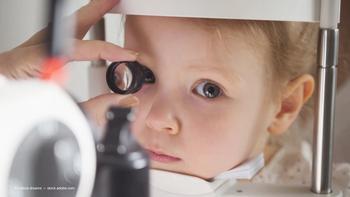
In an e-poster presented at the American Society of Cataract and Refractive Surgery’s 2022 annual meeting in Washington, D.C., Abdelrahman M. Elhusseiny, MD, MSc, noted a research team found that cenegermin was effective for improving the corneal healing in these pediatric patients.
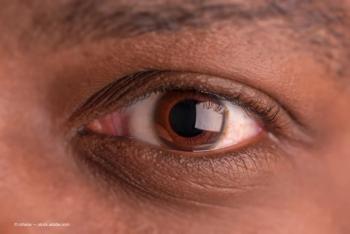
Christina Weng, associate professor of ophthalmology, Baylor College of Medicine, Houston, talked about the importance of managing potential pseudophakic cystoid macular edema (CME) following cataract surgery.
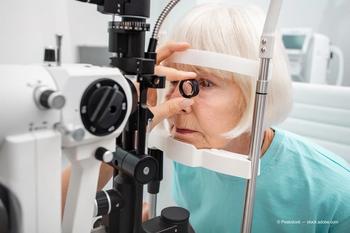
About 65% of patients sought follow-up care for glaucoma after presentation to the Wills Eye Hospital emergency room (ER), according to Elliot G. Cherkas, BSc, the lead author of the study.